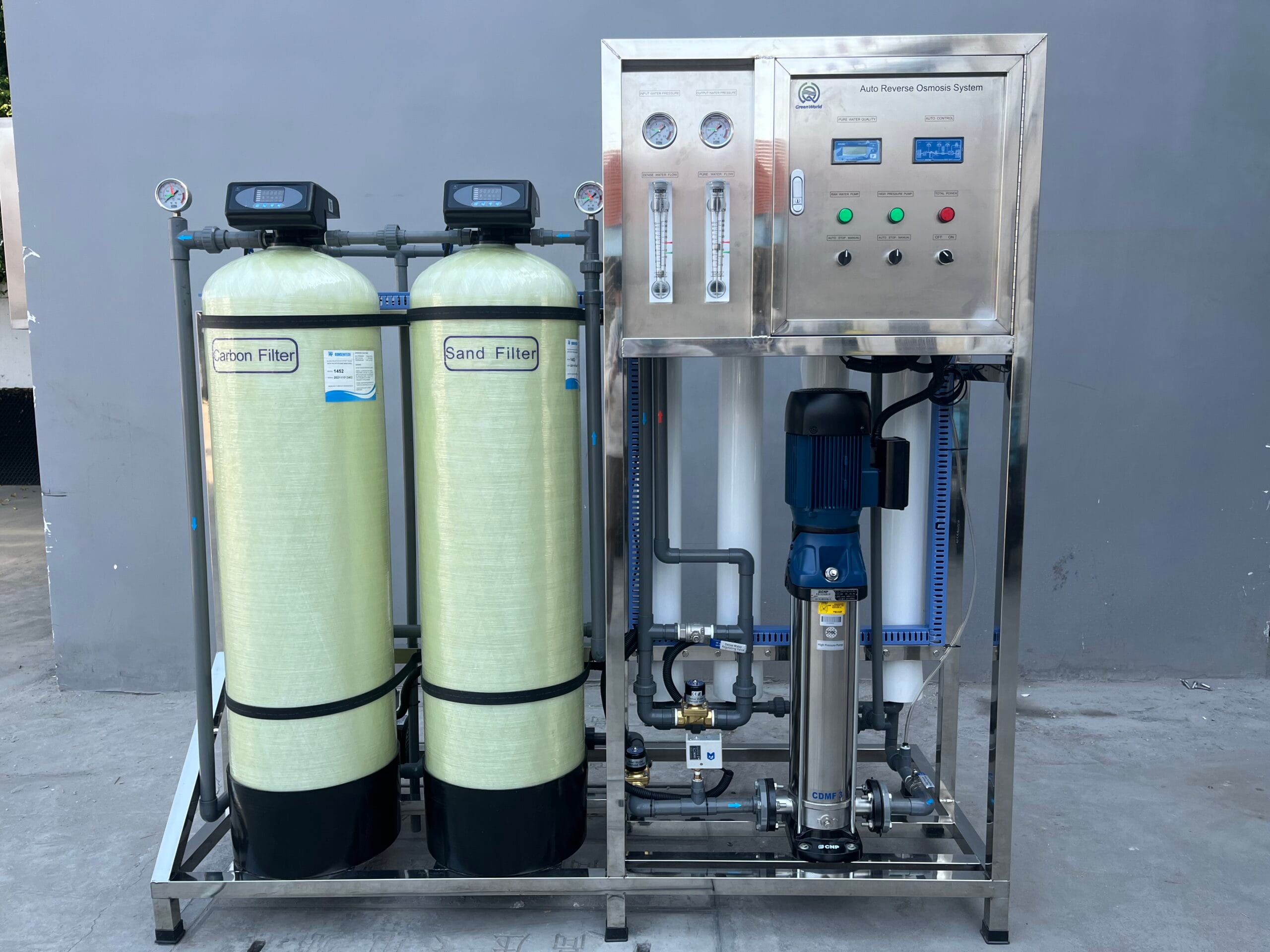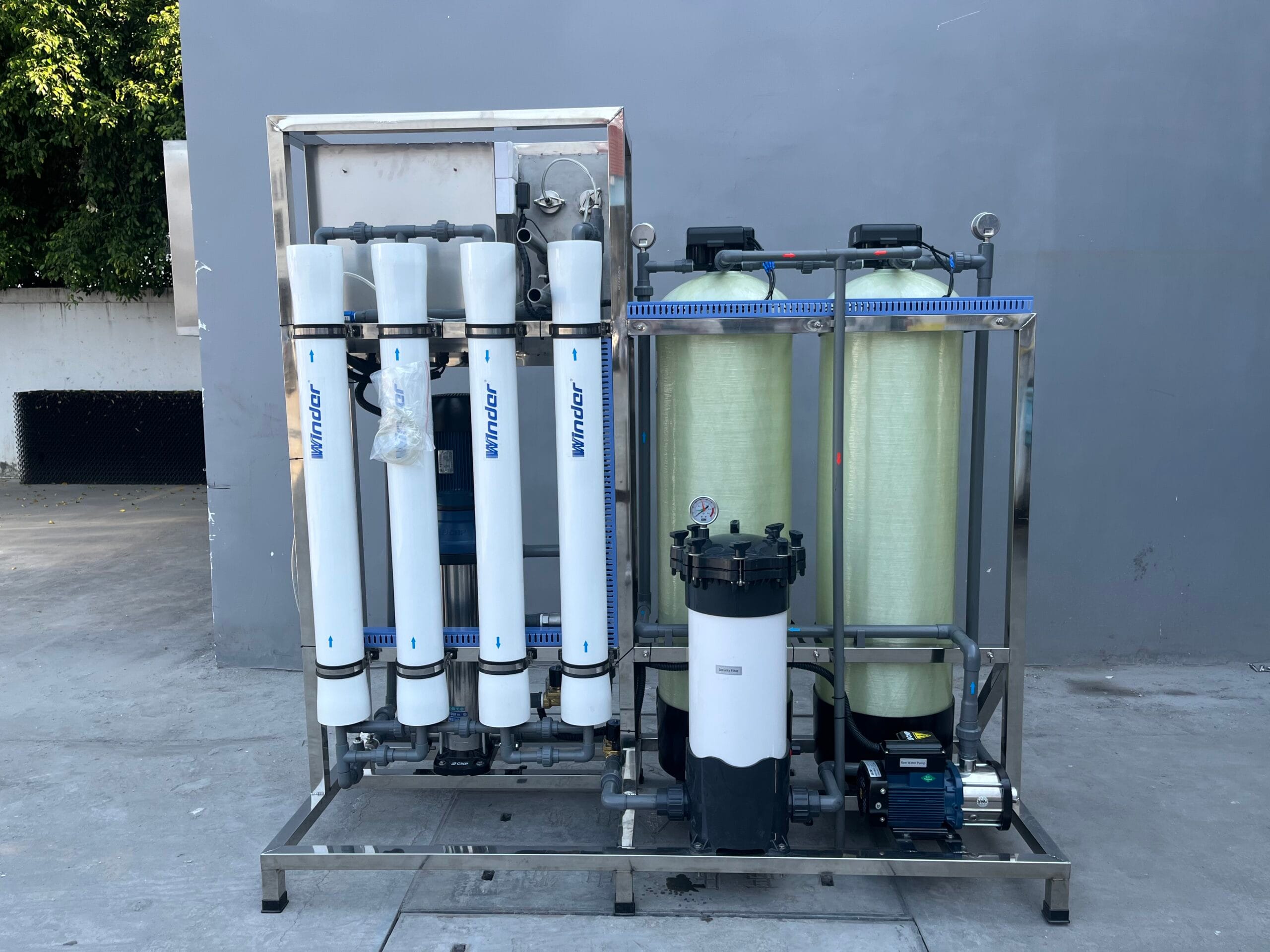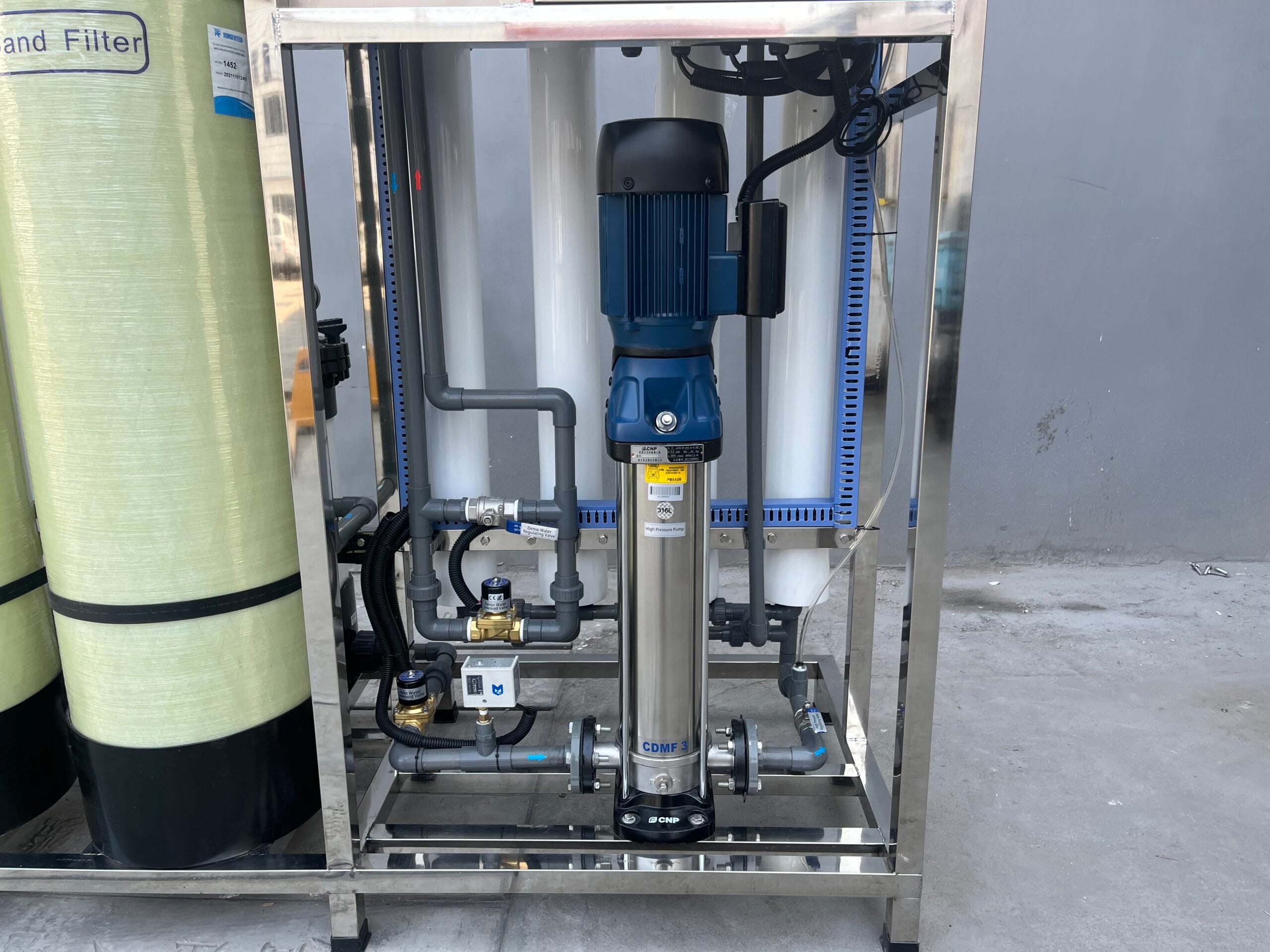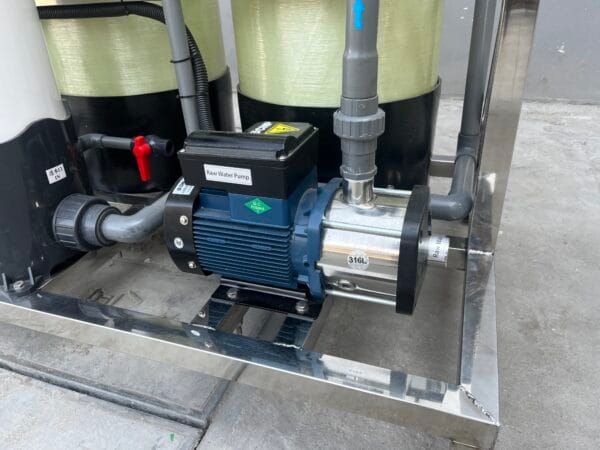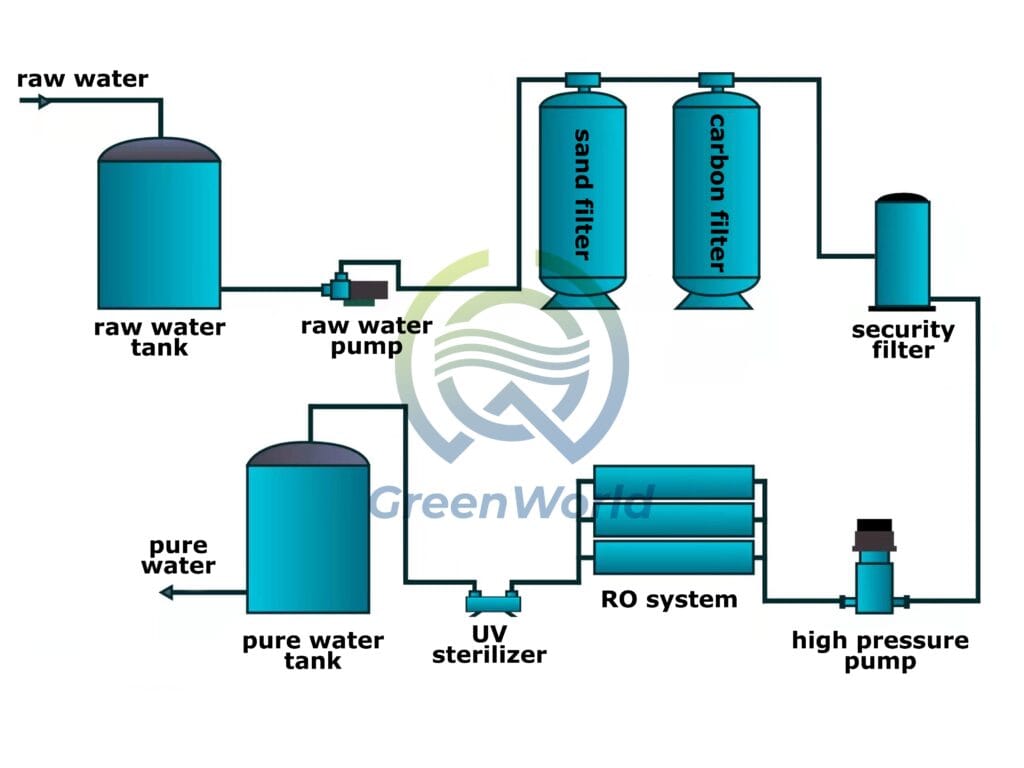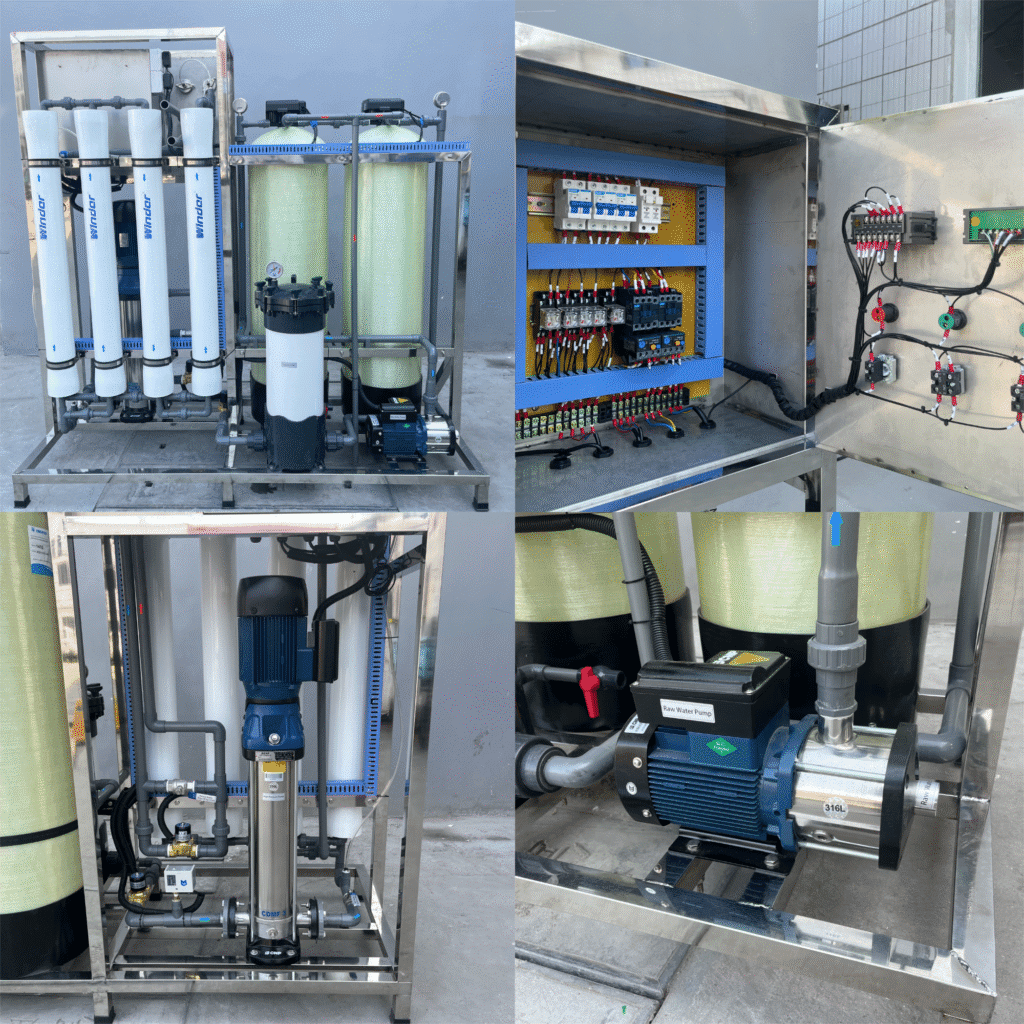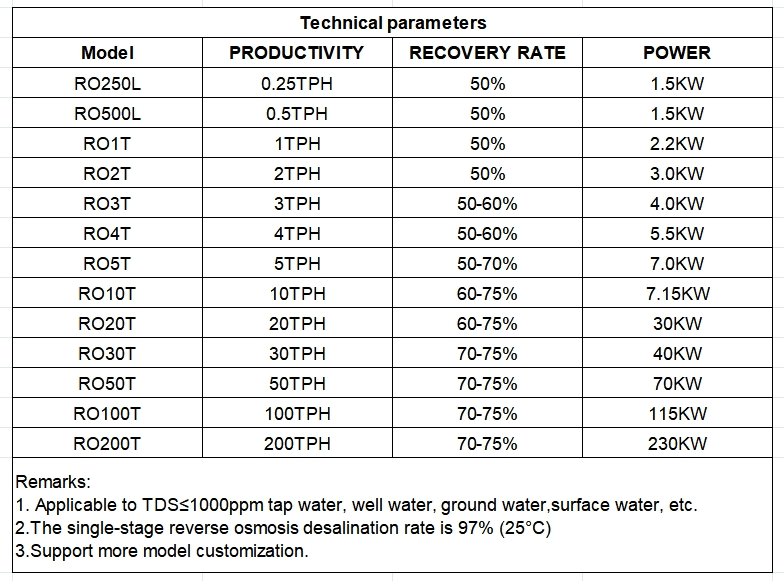Reverse Osmosis Systems
Including water treatment equipment and engineering projects,adhere to the business philosophy of high quality and good service,fully meet customer needs,provide customers with advanced equipment,fundamentally solve customer problems,and create the greatest value for customer.
Reverse Osmosis Systems
It uses a semipermeable membrane to separate salts and impurities from water under pressure, so as to obtain pure water or water that meets standards.
| Desalting Rate | More than 97% |
| Water Recovery | About 50-65% |
| Voltage | 220v 380V 50HZ 60HZ |
| RO membrane | DOW Membrane USA Original Vontron |
Product Details
Reverse osmosis systems is a highly efficient device that utilizes ro membrane technology to filter and purify water. Otherwise, this RO system applies pressure to force water molecules through a semi-permeable membrane. And the membrane retained most impurities such as dissolved solids, organic matter, bacteria, and viruses achieving the desired water purification.
In terms of filtration function, it can effectively remove soluble solids in water such as calcium, magnesium ions and inorganic salts, intercept organic matter, microorganisms, colloids and suspended matter, and ensure clear water quality and microbial safety.
Another terms of water purification function, it can rely on its filtration principle based on the physical interception effect of semi-permeable membranes. When RO systems operating parameters are stable and the inlet water quality fluctuates little, the outlet water quality remains stable, thereby meeting long-term stable water demand.
How do reverse osmosis systems work?
1. Pretreatment
The raw water first passes through a pretreatment system, including quartz sand filters, activated carbon filters, etc., to remove impurities such as suspended matter, colloids, organic matter, residual chlorine, etc. in the water, reduce the turbidity and color of the water, and ensure the water quality of the reverse osmosis membrane.
2. Pressurization
The pretreated water is pressurized by a high-pressure pump to increase the water pressure to reach the working pressure of the reverse osmosis membrane (generally 1.5~2.5 MPa).
3. Reverse Osmosis
The pressurized water is evenly distributed across each reverse osmosis membrane element. After separation by the membranes, it forms two streams. One stream passes through the membranes and becomes pure water (also known as permeate or product water). The other stream fails to pass through the membranes and becomes concentrate (also known as reject water or wastewater).
The pure water flows from each RO membrane element, is collected, and monitored by flow meters and pressure gauges before flowing out of the reverse osmosis systems outlet and into a pure water tank. The concentrate water flows from each RO membrane element, is collected, monitored by flow meters and pressure gauges. And then flows out of the reverse osmosis systems outlet for discharge or recycling.
How do reverse osmosis systems look like?
What are the advantages of reverse osmosis systems?
1. High Efficiency
The RO systems can achieve a desalination rate of up to 97%, so that ensure high-quality effluent water.
2. Stability
The RO systems constructs with stainless steel, which is corrosion-resistant, wear-resistant, and has a long lifespan, ensuring stable operation even in harsh environments.
3. Safety
During operation, stainless steel reverse osmosis system removes harmful substances such as heavy metals, bacteria, and viruses from water, ensuring water safety.
4. Energy Saving and Environmental Protection
During operation, the reverse osmosis systems recycles water resources, reducing water waste.
5. Wide Range of Applications
A variety of industries, including pharmaceuticals, electronics, electricity, and food and beverages,can use stainless steel RO systems to provide a stable and reliable water source.
6. Excellent Water Quality
The water treated by stainless steel reverse osmosis systems is pure, meets drinking water standards, and is safe and hygienic.
7. Easy Maintenance
The stainless steel material makes the reverse osmosis systems corrosion-resistant and wear-resistant, reducing maintenance costs.
What specifications can be provided?
OUR FACTORY
WORKSHOPS
Guangdong Xinyuanyuan Environmental Protection Technology Co., Ltd., founded in 2018, is an integrated environmental enterprise specializing in scientific research, production and sales, boasting a professional team of 20 to 99 members and a well-equipped facility spanning approximately 1,800 square meters at Panyu District, Guangzhou, China. Strategically situated in the core of the Pearl River Delta, the company leverages its prime location to support efficient operations, expand business across agriculture, chemical engineering, medical care and food processing industries (covering environmental equipment R&D, water/sludge treatment and ecological restoration), and facilitate seamless import-export operations for global clients.
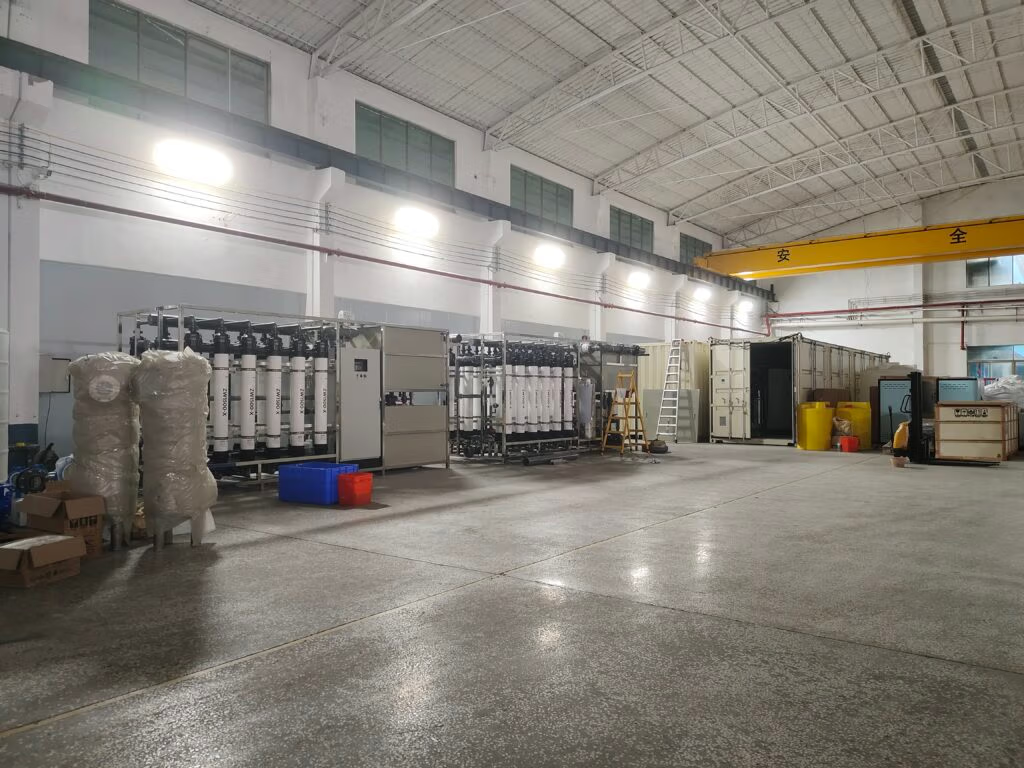
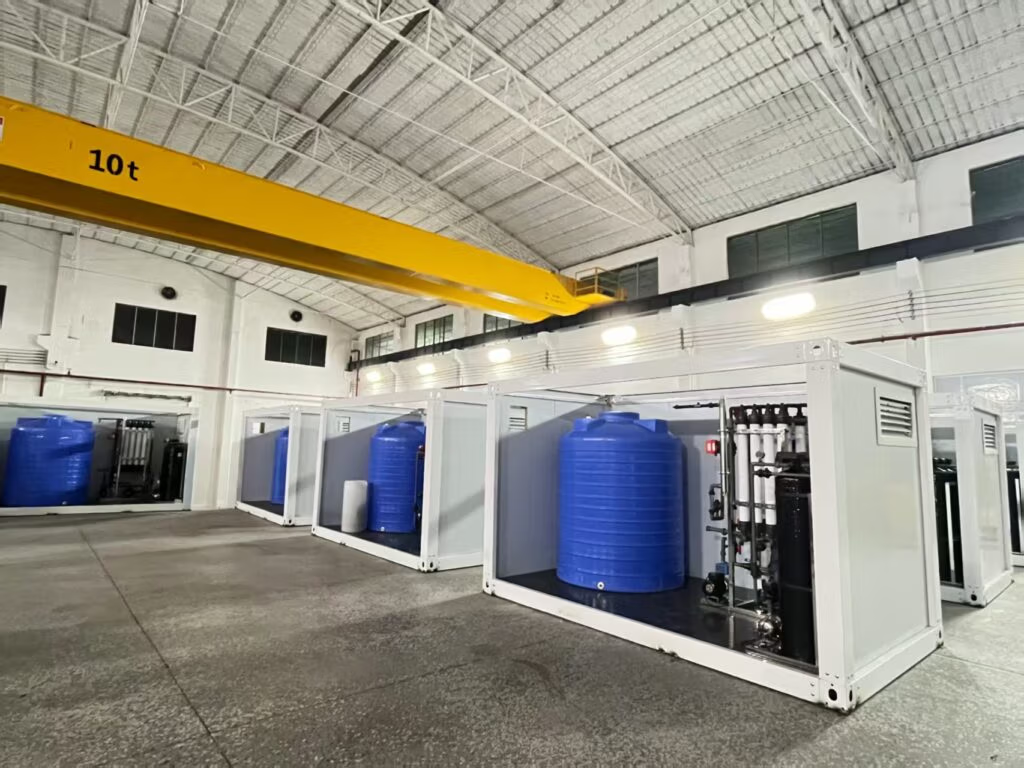
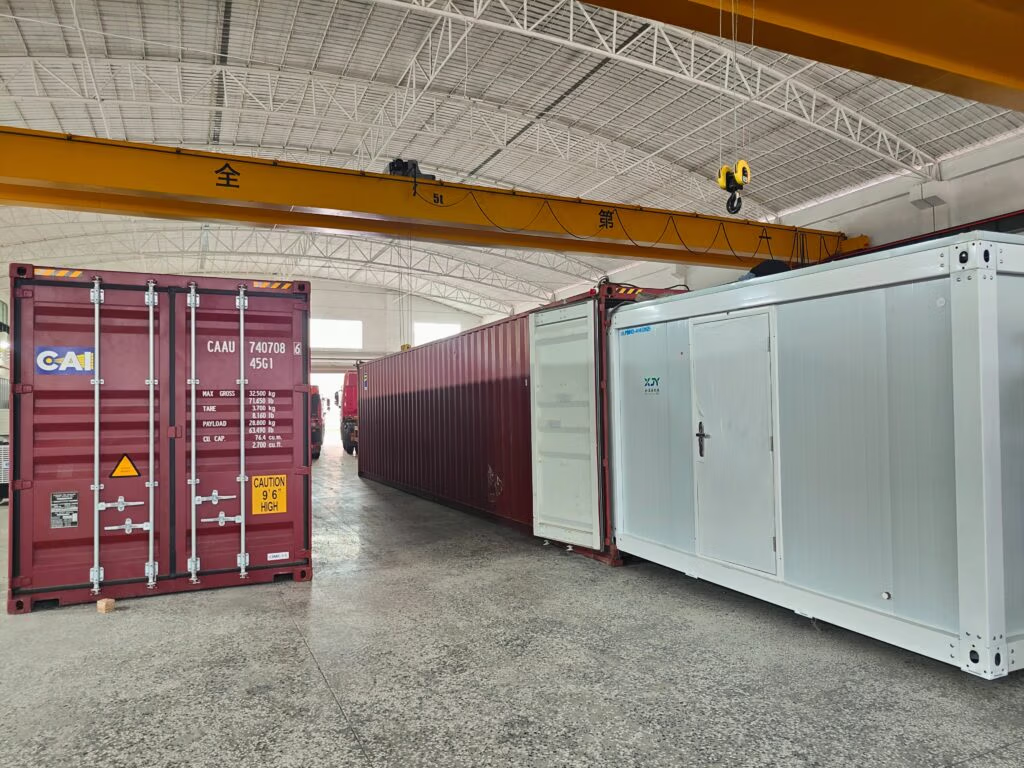
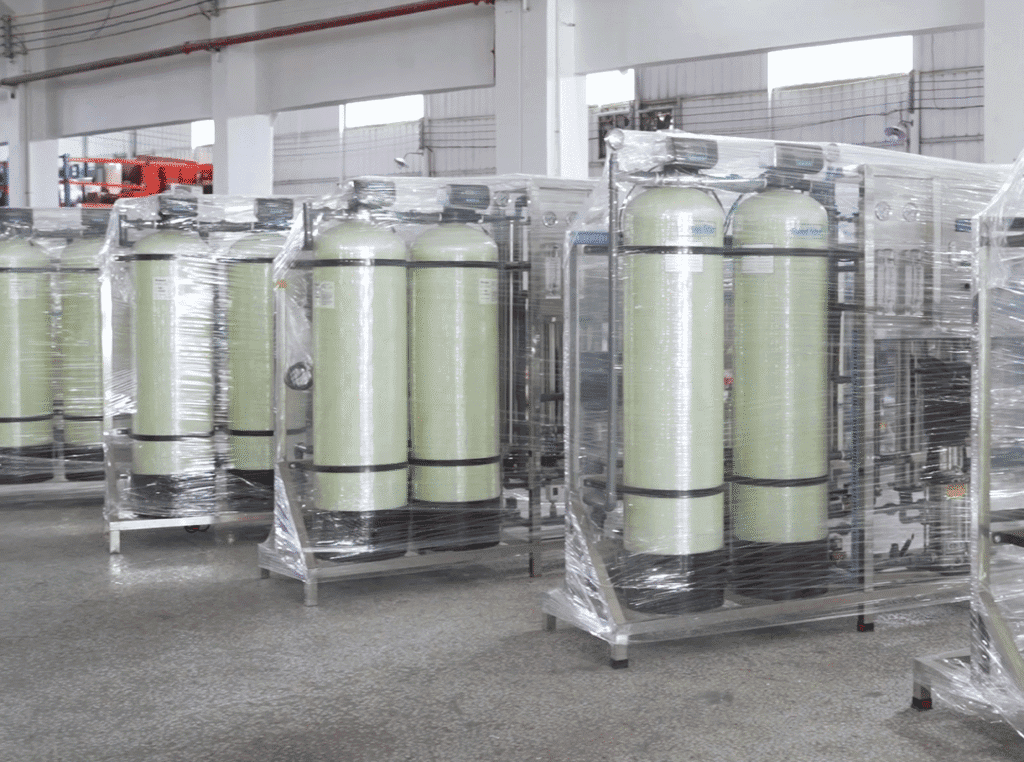
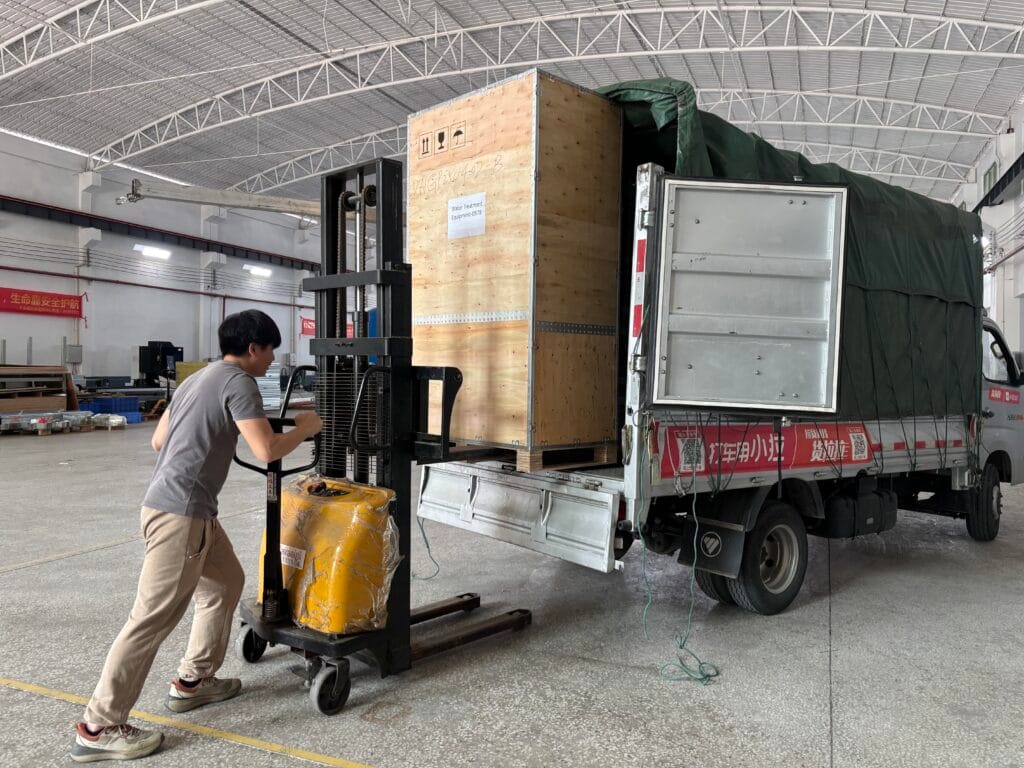

FAQ
We customize equipment parameters and treatment solutions based on your water need (such as water quality, voltage, process, etc.), and all products comply with international universal standards (including ISO, CE, etc.) with complete certification documents. From equipment selection and installation guidance to post-sales maintenance, our professional technical team offers full-cycle support. Leveraging our global cooperative logistics network, we ensure fast delivery with an after-sales response time of no more than 24 hours, fully resolving any concerns you may have during overseas procurement and usage.
